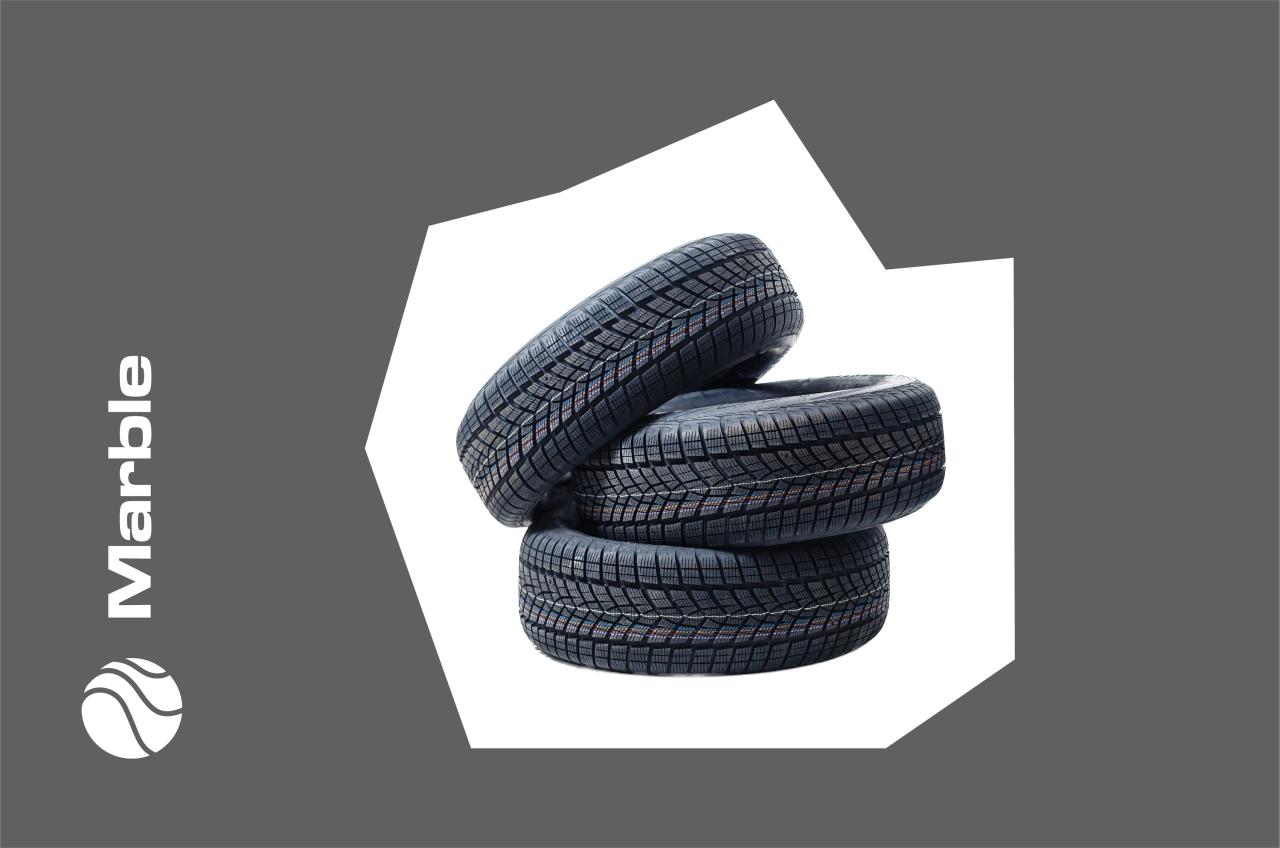Coverage Overview
Insurance policies typically provide coverage for tire damage within certain limits. These limits vary depending on the type of insurance policy and the specific coverage options selected.
Comprehensive insurance policies generally provide coverage for tire damage caused by events such as vandalism, theft, or road hazards. Collision insurance policies, on the other hand, typically cover tire damage resulting from a collision with another vehicle or object.
Policy Limits
The coverage limits for tires under insurance policies vary depending on the insurance company and the policyholder’s specific needs and budget. Some policies may have a per-tire limit, while others may have an aggregate limit for all tires on the vehicle.
It is important to review the policy details carefully to understand the coverage limits and any exclusions or restrictions that may apply.
Determining Coverage Eligibility
Insurance policies typically specify the criteria used to determine which tires are covered. Understanding these criteria is crucial for identifying eligible tires and ensuring adequate coverage.
Tire Type
Most policies cover standard passenger vehicle tires. However, coverage may vary for specialized tires, such as off-road or performance tires. It is essential to consult the policy document to confirm the specific types of tires covered.
Tire Age
Some policies limit coverage to tires that are within a certain age range. This is because older tires are more prone to wear and tear, increasing the risk of failure. The age limit varies between policies, so it is important to check the policy for specific details.
Tire Condition
Insurance companies may also consider the condition of the tires when determining coverage. Tires that are excessively worn, damaged, or have structural defects may not be eligible for coverage. Regular tire inspections and maintenance can help ensure that tires meet the required condition standards.
Claims Process
Filing a claim for tire damage typically involves the following steps:
1. Contact your insurance company and report the damage.
2. Provide the insurance company with the details of the incident, including the date, time, and location of the damage.
3. Submit documentation to support your claim, such as photos of the damaged tires, receipts for the repair or replacement of the tires, and a police report if the damage was caused by an accident.
4. The insurance company will review your claim and determine if it is covered under your policy.
5. If your claim is approved, the insurance company will issue payment for the repair or replacement of the tires.
Documentation Required
The documentation required to support a claim for tire damage typically includes:
– Photos of the damaged tires
– Receipts for the repair or replacement of the tires
– A police report if the damage was caused by an accident
– A copy of your insurance policy
Procedures for Obtaining Reimbursement
Once your claim has been approved, the insurance company will issue payment for the repair or replacement of the tires. The method of payment will vary depending on the insurance company, but it may include:
– A check
– A direct deposit to your bank account
– A credit to your credit card
Exclusions and Limitations

Insurance policies for tires often come with certain exclusions and limitations that policyholders should be aware of. These restrictions help insurers manage their risk and ensure that coverage is provided fairly and responsibly.
One common exclusion is damage caused by normal wear and tear. Tires naturally degrade over time due to factors such as friction, heat, and exposure to the elements. This type of damage is considered a maintenance issue and is typically not covered by insurance.
Exclusions
- Intentional Damage: Damage caused deliberately or due to gross negligence is not covered.
- Racing or Off-Road Use: Tires used for racing or off-roading are often excluded from coverage due to the increased risk of damage.
- Pre-Existing Conditions: Tires with pre-existing damage or defects may not be covered.
Limitations
- Coverage Limits: Insurance policies may have limits on the amount of coverage provided for tire damage. This means that policyholders may be responsible for paying for repairs or replacements that exceed the coverage limit.
- Deductible: A deductible is the amount that policyholders must pay out of pocket before insurance coverage kicks in. Deductibles can vary depending on the policy and the type of tire damage.
Comparative Analysis
To determine the most suitable tire coverage for your needs, it is crucial to compare the offerings of different insurance providers. Variations exist in coverage limits, deductibles, and other factors, influencing the level of protection and financial obligations.
Coverage Limits
Coverage limits dictate the maximum amount an insurance company will pay for tire-related expenses. Higher coverage limits provide more comprehensive protection, but they also come with higher premiums. It is essential to assess your driving habits and the potential risks to determine the appropriate coverage limit for you.
Deductibles
A deductible is the amount you are responsible for paying out-of-pocket before the insurance coverage kicks in. Choosing a higher deductible can lower your insurance premiums but may require you to pay more in the event of a tire-related claim. Consider your financial situation and risk tolerance when selecting a deductible.
Other Factors
In addition to coverage limits and deductibles, other factors to consider include:
- Waiting period: Some insurance policies have a waiting period before coverage for tire-related claims becomes effective.
- Roadside assistance: Some policies include roadside assistance benefits, such as tire changes or towing.
- OEM tire coverage: Certain policies provide coverage for original equipment manufacturer (OEM) tires, which are typically more expensive than aftermarket tires.
- Tire repair coverage: Some policies cover tire repairs, such as punctures or sidewall damage, up to a certain amount.







